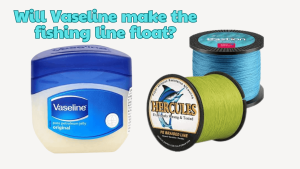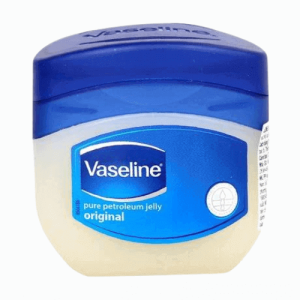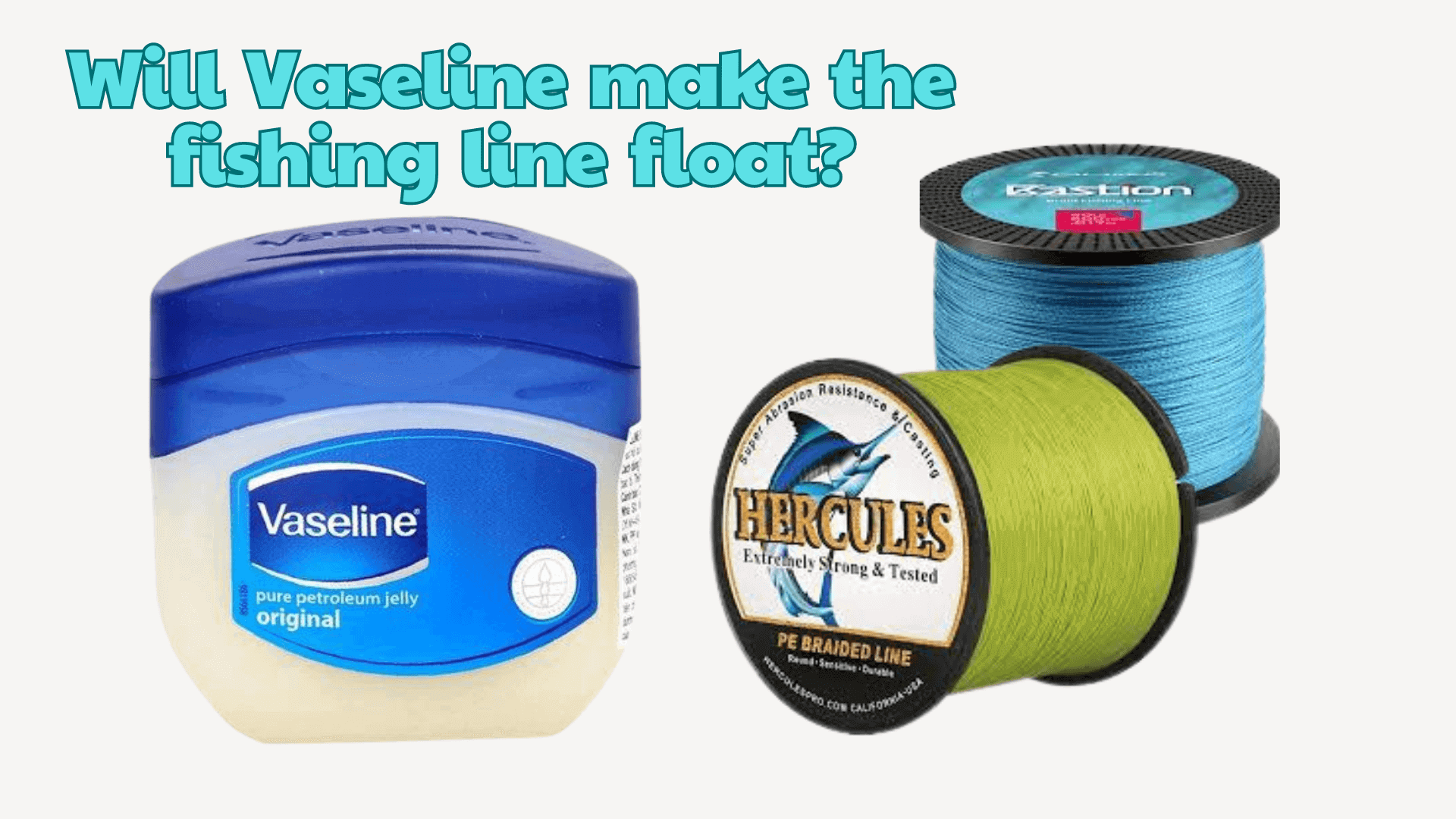Many anglers believe that applying Vaseline to their fishing lines makes them more resistant to abrasion while also reducing the risk of line breakage. However, is this a good idea for fishermen when many have used this method to improve their fishing gear over the years? Please continue reading our article to answer the above problem.
Will Vaseline make the fishing line float?
Does Vaseline float fishing line? This is a difficult question for anglers because it is highly controversial. Vaseline will help the fishing line float, which we cannot deny, but if we say it makes it float, this is wrong based on its logic. Usually, manufacturers design fishing lines to be compact and easily used by default. It has a low density when compared to other liquids, including water. As a result, your fishing line will stay afloat for most of your fishing trip in many different conditions. However, Vaseline will work if the liquid’s surface tension can submerge the fishing line.
At that time, the role of Vaseline was to enhance the buoyancy properties of the fishing line, thereby reducing the possibility of sinking your fishing line. It introduces air bubbles and creates air pockets so your fishing line can float. Finally, dropping the fishing line into the water after applying a little Vaseline is essential; that is enough to create air bubbles and air pockets, enhancing the line’s buoyancy and keeping it afloat.

How do you make a fishing line float?
For your fishing line to float, we need something to improve the buoyancy of the fishing line, such as air bubbles. Adding air bubbles will keep your line afloat to create air pockets. Apply a tiny petroleum jelly or wax layer to your fishing rod before dipping it in the water. This will help form small air pockets along the length of the line, helping to increase the fishing line’s buoyancy. In addition, some fishermen combine it with dishwashing soap. Then, they add a few drops of soap to their fishing line before casting it to create more air pockets, helping the fishing line float.
Besides those I mentioned above, there are several other approaches to making the fishing line float; you can use lining materials. These floating fishing line lining materials can be polypropylene or nylon because of their lightweight properties, waterproofness, and ease of sinking. Typically, anglers targeting species such as salmon, which will make fishing lines susceptible to heavy lines and falling into their environment, often use this backing material. Although Vaseline has many uses in the home and garden, at the same time, it does not make the fishing line float independently. If you want your fishing trip to go smoothly, you must prepare more.
What other things can we put to make the fishing line float?
On the other hand, some anglers will accept any form of petroleum jerry that produces the same results as Vaseline because of their similarities.
- Wax: The same is valid for wax. Its resemblance to Vaseline and other petroleum jerry is undeniable in this context.
- Dish soap: This creates more air pockets and helps the fishing line float; another option is adding a few drops before throwing the line.
- Floating Fly-line Backing Material: Choose a substance like polypropylene and nylon as a substitute. The materials are well-known for flowing fly-line backing. Manufacturers develop the materials with features that make them excellent for the work since they are intended for this purpose. For instance, they are light enough to remain afloat when fishing. Fishing lines will always get wet from contact with water; this is obvious. Despite this, the material ensures the lines are not too heavy to sink.
Regardless of the means, Anglers’ responsibility is to select the best one for their budget while still achieving the goal of fishing. Also, if you tend to fish trout, the fishing line can float, which will be possible for your fishing trip.
Related Questions
What tips should you note when using Vaseline for fishing lines?

- Use Vaseline effectively: Use a cloth to apply Vaseline. Clip the fabric down to the fishing line after applying Vaseline to it. Remember to wrap the fishing line on the reel during this process.
- Use less Vaseline: Using too much of anything can be harmful, so coating your fishing line with Vaseline will do the same. Apply too much Vaseline to your fishing line, leaving you with a greasy mess. One of the scenarios is that this will block the gears in your reel, making fishing less effective. Also, the Vaseline will melt as the weather gets warmer, leaving you to deal with it quickly as it spreads all over the rod, reel, and hands. Furthermore, having slippery hands will make fishing more difficult, especially if the catch is large and heavy. By using Vaseline judiciously, that can be prevented.
- Vaseline must be reapplied frequently: You’re putting Vaseline on your hands to keep the fishing going. You’ll note that the line has begun to sink for apparent reasons. The residual Vaseline layer is insufficient for the desired purpose. Consequently, for pleasant fishing, applying a fresh coating is crucial.
Should you soak the fishing line in the water?
This may be true, as your best chance of catching more fish is when you have a good spinning reel. With a poorly spinning reel, it will be easier to twist and tangle the fishing line, which will reduce your fishing effectiveness. Therefore, soaking the fishing line before turning it is necessary because it will help the reel spin better. It is best to soak it with hot water. Ultimately, this will help eliminate tangles and improve casting efficiency.
What type of fishing line does not float?
Contrary to popular belief, many anglers are surprised to discover that the monofilament line is notoriously unsinkable. In fact, the diameter of its substance is the main component that contributes to this property. The fishing line will fall if the material is too thick, and vice versa. However, it declines at a slower rate than its competitors. To put it into perspective, Fluorocarbon competitors decelerate up to 2.5 times faster than monofilament. Other fishing lines, such as twisted or braided multi-strand fishing lines, are available on the market. Some are best suited for saltwater, freshwater, or both.
Conclusion
Adding air bubbles or utilizing floating fly-line backing materials like nylon or polypropylene are necessary to attain the intended effect. Vaseline alone will not cause fishing lines to flow. If this post is helpful to you, please follow us to see other articles in the future.


